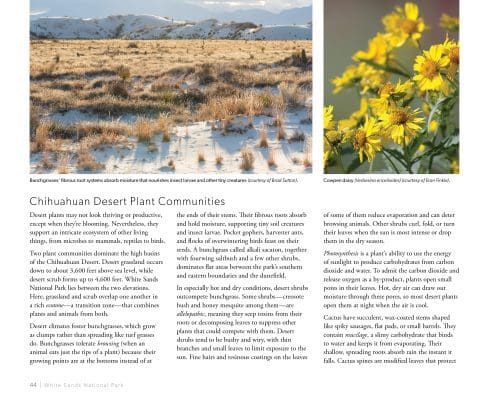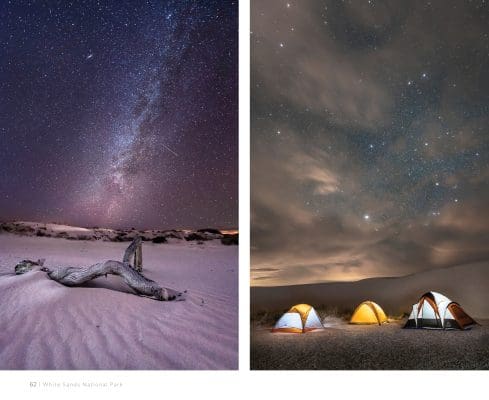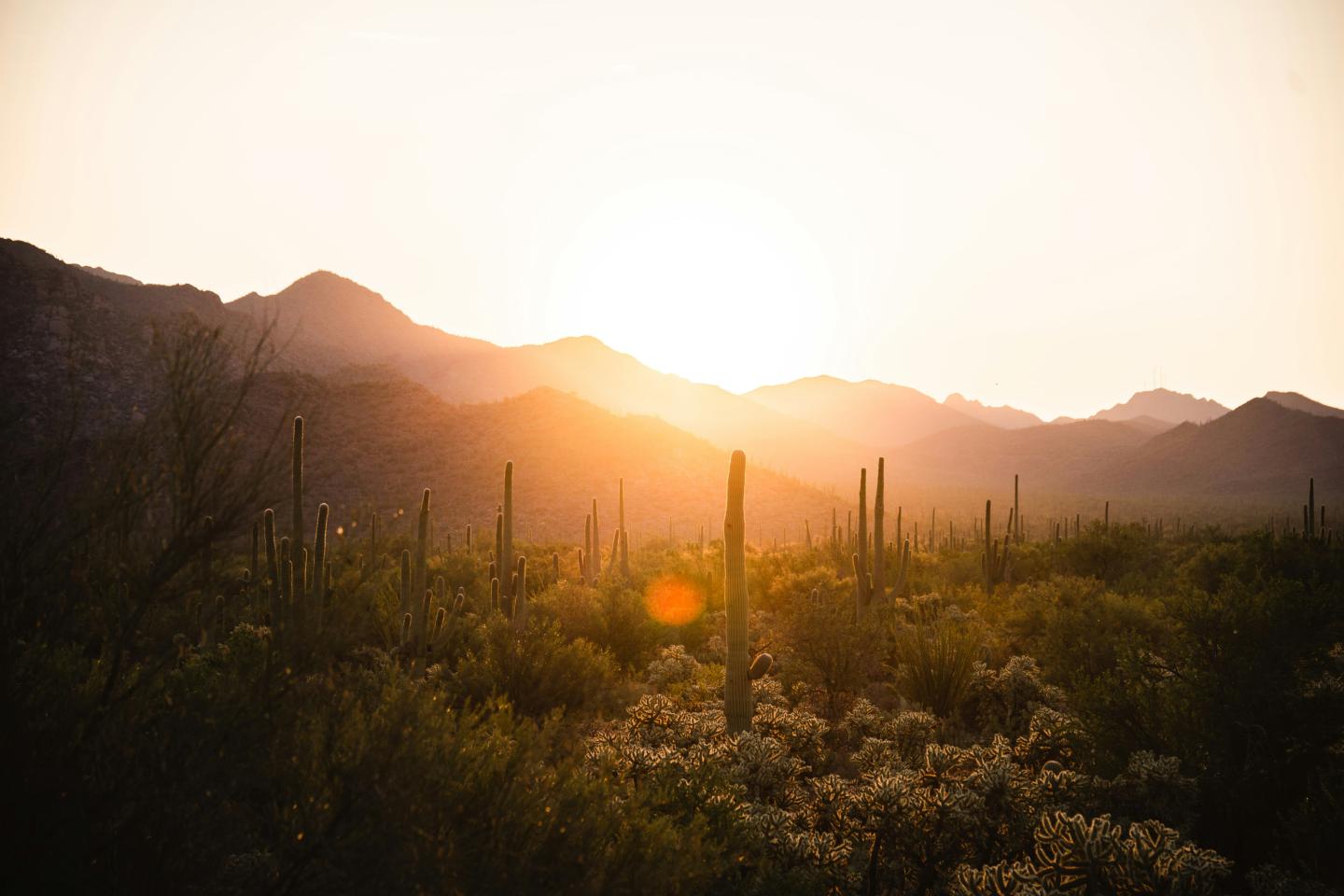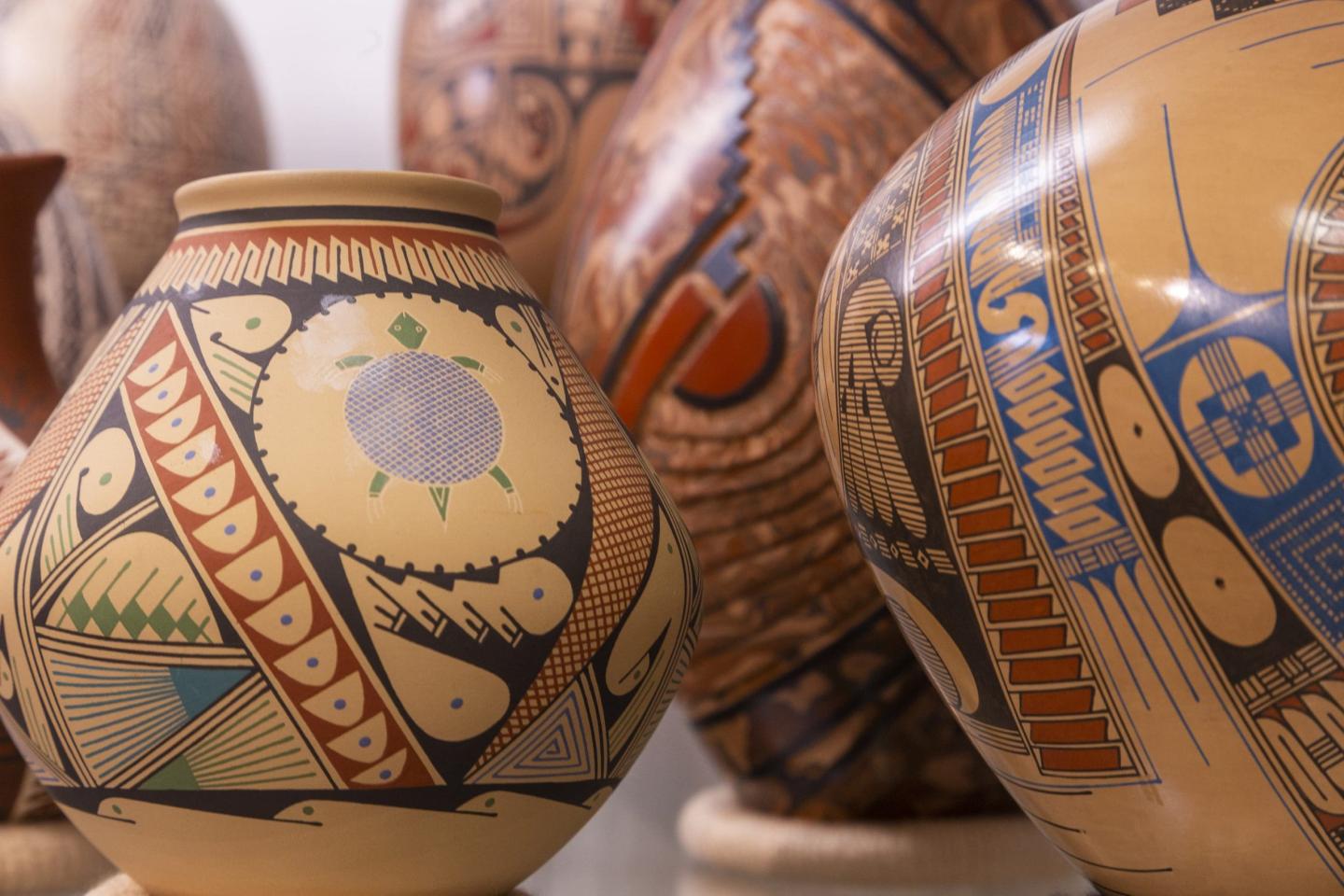
Fossil Footprints at White Sands Tell Important Stories
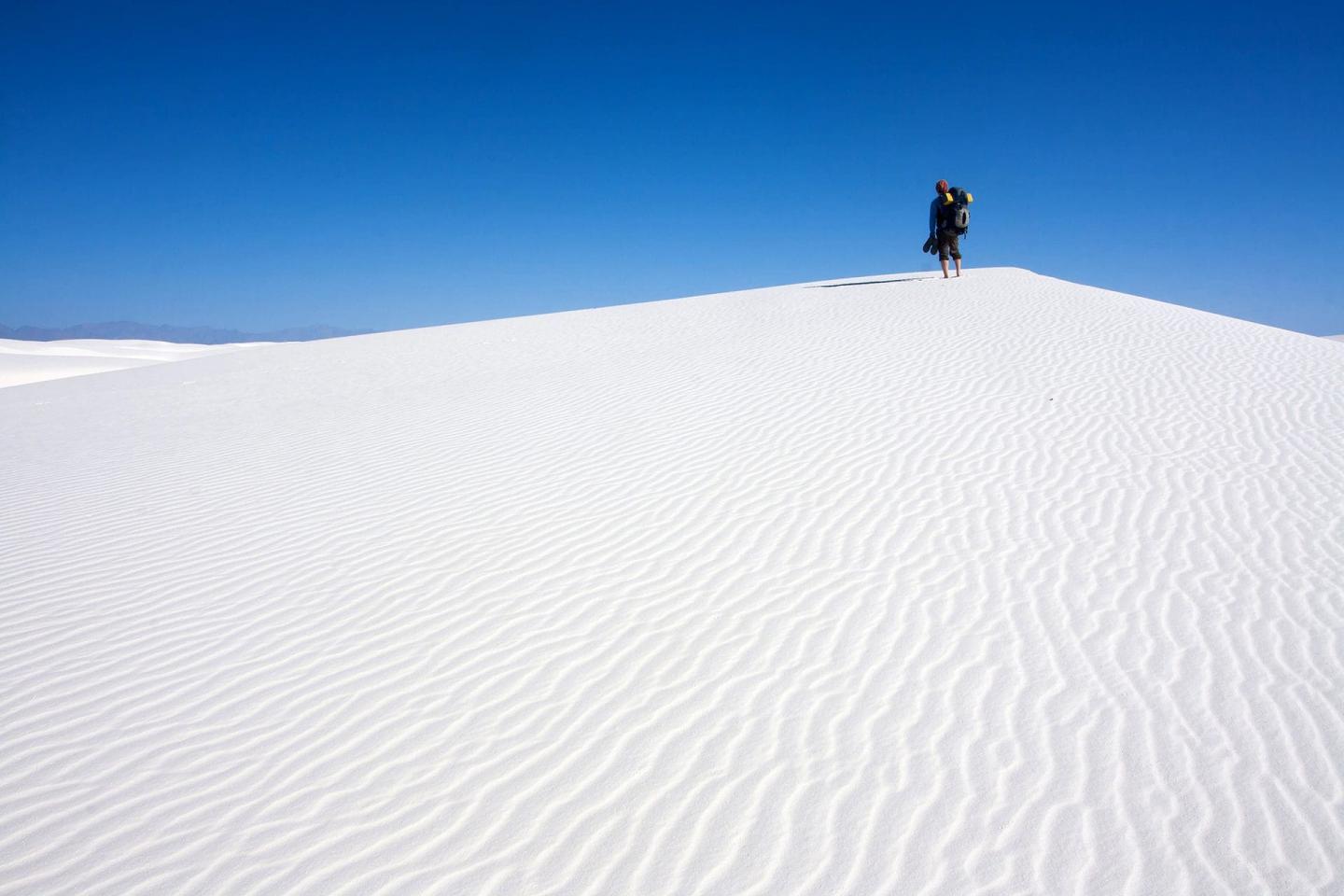
Article written by David Bustos, Resource Program Manager, White Sands National Park
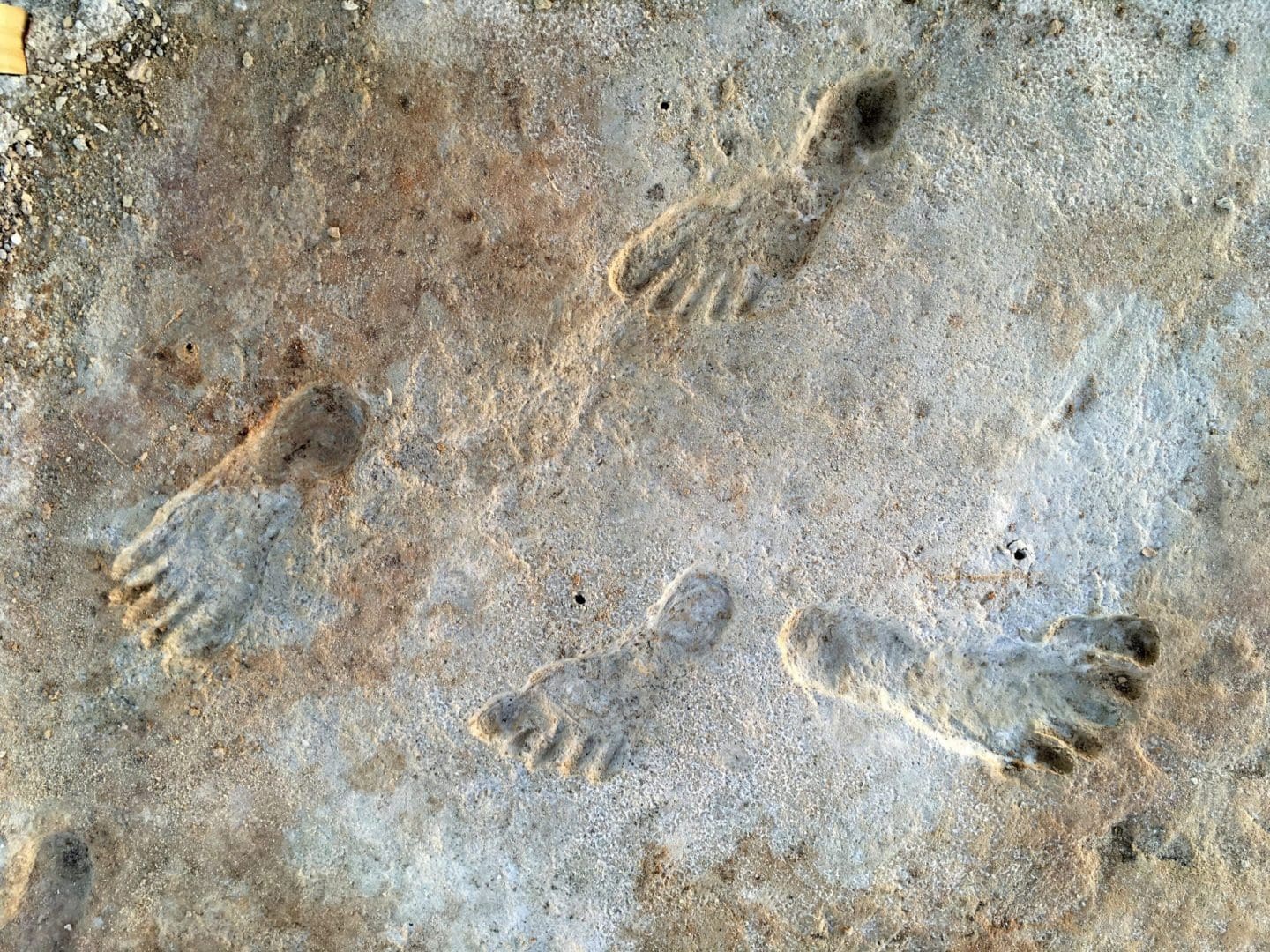
Preserving the Stories of Time Immemorial
In recent years, research on fossil human footprints found at White Sands National Park (White Sands) has pushed back the dates for people in the Americas 10,000 years earlier than commonly accepted; notably, these dates are more in keeping with Indigenous tribal nations who have said they have been here since time immemorial.
Today, White Sands lies at the northern end of the Chihuahuan Desert. However, if we look at the soil record, organic layers, and the pollen in the soil layers above and below the fossil footprints we see evidence of the environment of 20,000 years ago which was much colder and dominated by large coniferous trees.
Unfortunately, the dry lakebeds that preserve the evidence of these incredible stories are being altered by large scale soil erosion brought about by long term droughts and warmer temperatures. This in turn is causing the loss of the fragile fossil footprints, including the earliest records for people on the American continent.
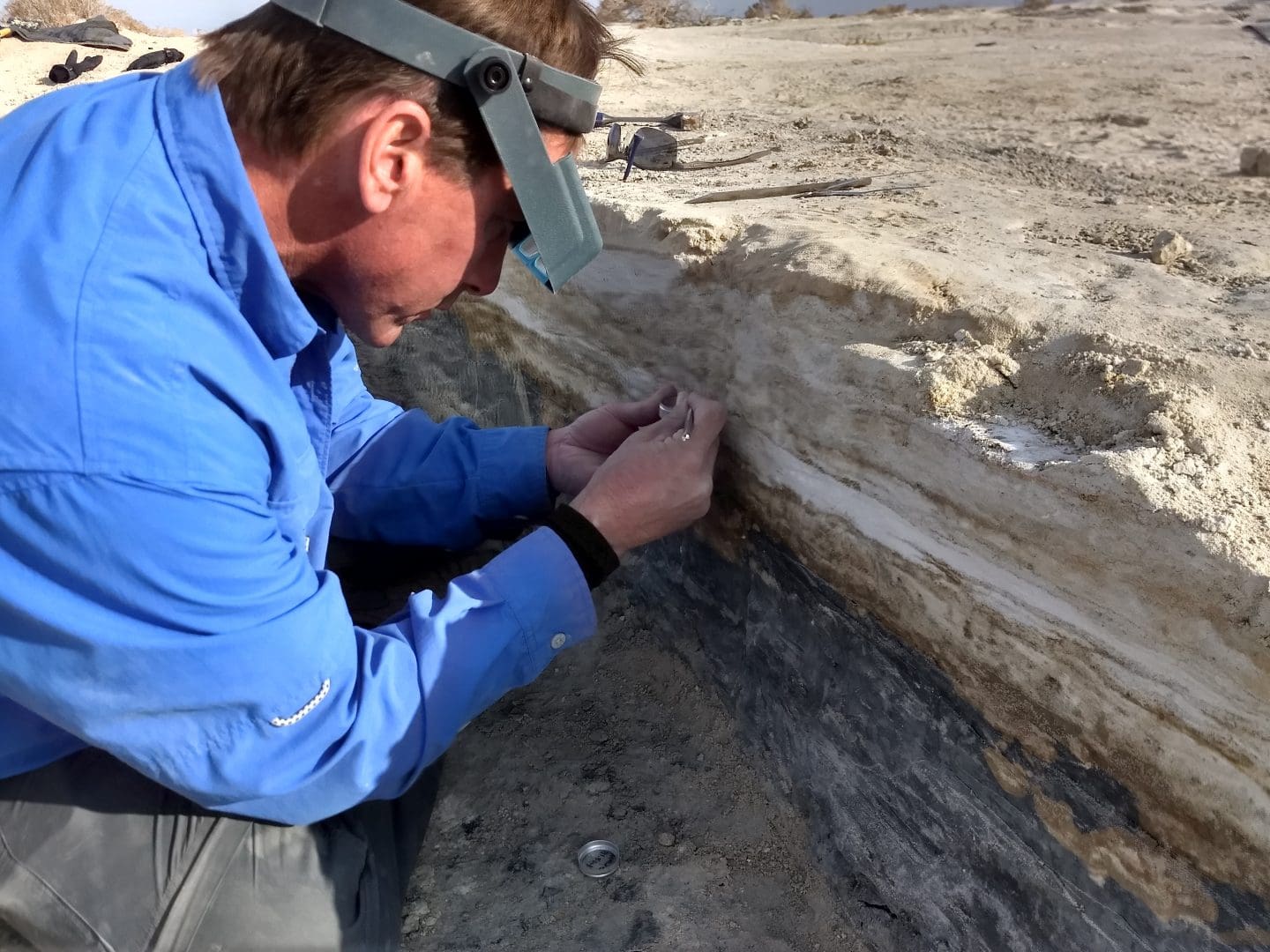
Collaborating to Preserve the Past and Protect the Future
From new work, we are finding that the preservation conditions at White Sands are also shared with other dry lake beds that were also Ice Age pluvial lake systems. The researcher team is helping other land managers discover fossil prints throughout the West. These dry lake beds are important because they preserve incredible stories in fossil prints.
At White Sands, this can be seen in the traces that appear to be of children jumping in puddles of water, a mother carrying a child, possibly the earliest record of a person hunting a giant ground sloth, and much more. It will be exciting to see what stories are found from other dry lake beds.
Learn more about this amazing park in Susan Lamb’s book, White Sands National Park



